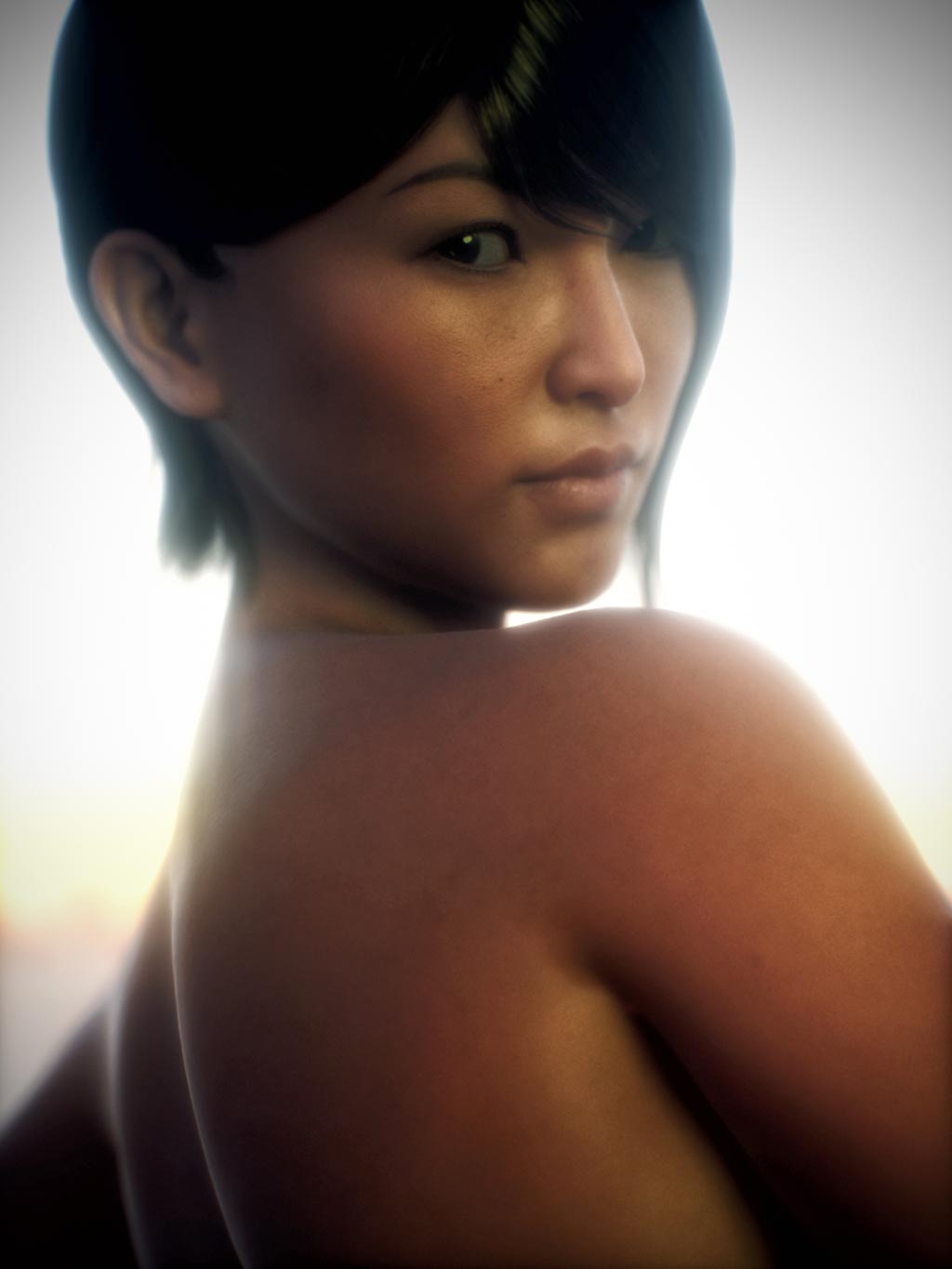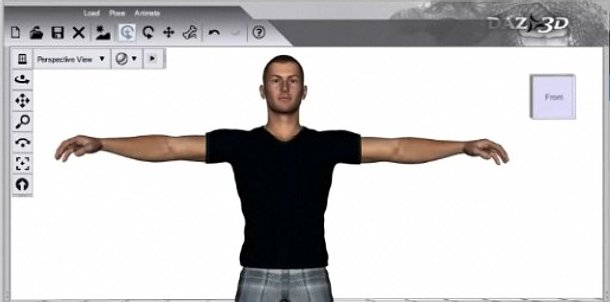

The software is good enough to have produced numerous impressive short films and is in use by several professional studios.īlender was criticized early on for having a confusing interface, but don't let outdated complaints steer you away. To this day, it stands as one of the greatest open-source development projects ever conceived.īlender is full-featured, offering a complete range of modeling, surfacing, sculpting, painting, animation, and rendering tools. Heavy use of shortcuts to execute commands can be daunting for new users learning the software.īlender is easily the most versatile entry on this list, and in many regards, it compares favorably to top digital content creation tools like Cinema 4D, Maya, and 3Ds Max. If nothing works you may have to do post work fix ups.Less useful in designing architecture and objects like furniture. Other times just a camera angle change can help. Avoiding any negative values in bump or displacement and lowering the bump or displacement percentage and strength can also help.

Other times using a map that does not create concave model areas when applied to the model can fix things. Sometimes setting DAZ ray bounce number higher can help. If this happens you can get small black squares in your render output when you also use refraction. If your bump or displacement map is applied too strong it can warp the effected model surface such that things called UV coordinated get distorted. You may find adding items like boats, swimmers, pool floats, and docks actually lowers your render time because less of the total scene is water. Thus it is suggested you do test renders smaller size or leave the water effects until late in the scene design process to save yourself time.

DAZ really slows down by a huge factor, however, when you use reflection and refraction settings. DAZ slows down a bit when you lower opacity to make things seem semi-transparent. There is a downside to rendering clear materials like water and glass in DAZ Studio. You can use higher vales to simulate glass or honey. IOR : 1.33 for water's “Index of Refraction” Refraction Color : Light Blue, RGB 169, 222, 255 to start. Map : None needed, but you may experiment using the map above if you wish. Strength : 40% to start, but suggest trying the 40% to 99% range Reflection Color : Medium Blue, RGB 127, 162, 195 to start Do not use bump also, that is set bump strength to 0% if you use displacement on materials with refraction also set.

It is recommended you use the settings show on bump above forĭisplacement when needed. Surface and bump will not, use displacement in place of bump in scenes where this is important to get the realism you want. Since displacement will make your water's edge vary where it meets another Too low value for shallow water may make it look invisible.īump Map : BW_water_surfaceJPG or your ownĭecrease (increase absolute value) for rougher water surface at risk of black render errors.ĭisplacement More accurate than bump, but the 3DLight render engineĬan be likely to give small black render spots in any concave areas when displacement and refraction used. Lower for deeper water to see further into it. Opacity Strength : Start with 15% to 20% for shallow water. Multiple Specular Through Opacity The default value ON works fine. Or use the technically correct White/Gray. Specular Color : Light Blue to simulate sky reflection, RGB value 9, 211, 238Īdjust for outdoor sky or surrounding indoor environment, Glossiness 100% Most water has a very glossy shine. Map : Not recommended nor needed for this water effect Select your water props surface and set the following surface values:ĭiffuse Color : Light Blue, RGB value 124, 246, 255 to startĮxperiment with turquoise or other water colors Select the default surface for the cylinder for water pool prop as shown below.


 0 kommentar(er)
0 kommentar(er)
